Texas-New Mexico Power and AEP Texas Faulkner-Cryo 138-kV Transmission Line Project
Welcome to our virtual open house!
Welcome to our virtual open house!

Click the arrows at the bottom of your screen to visit each section.
Use the navigation bar/menu to revisit any part of the meeting.
Leave your feedback on our questionnaire.
Texas-New Mexico Power Company (TNMP) and AEP Texas Inc. (AEP Texas) will be filing a joint application with the Public Utility Commission (PUC) to amend their Certificates of Convenience and Necessity (CCN) to construct a new 138-kV transmission line. The proposed transmission line will begin at the Faulkner Substation, traverse approximately 15 to 35 miles, and terminate at the Cryo Substation. The transmission line is located in Reeves County, Texas.
We implement a comprehensive routing process that takes land use, the environment, public input and engineering guidelines into account to develop a transmission line route. The information below illustrates each stage of the routing process.
Click images to enlarge.
The regulatory process includes an Environmental Assessment and Routing Analysis, a Certificate of Convenience and Necessity (CCN) from the Public Utility Commission (PUC), and if required, an Administrative Hearing. View more details below.
Identify beginning and end points for project.
Numerous factors are considered during the development of a transmission line project. Explore those considerations below.
1 Single-family and multi-family dwellings and related structures, mobile homes, apartment buildings, commercial structures, industrial structures, business structures, churches, hospitals, schools, or other structures normally inhabited by humans or intended to be inhabited by humans on a regular basis.
2 One-half mile, unobstructed.
Several structure types are being proposed for this project.
Project activities will occur between April 2025 and August 2029.
Routing Study, Environmental Assessment, and Public Meeting
File CCN/PUC Review
PUC Approval
ROW Activities
Transmission Construction
TNMP and AEP Texas plan to file the CCN application with the Public Utility Commission (PUCT) in July 2026. The PUCT has six months to make a decision on the project; however, the PUCT can issue an order prior to that time. TNMP and AEP Texas will begin construction upon final approval by the PUCT. TNMP and AEP Texas anticipates that the project will be completed by August 2029.

Surveying of the proposed transmission line ROW is required to locate the centerline, the structure locations, obstacles above and below ground, and the edges of both new and existing ROW.
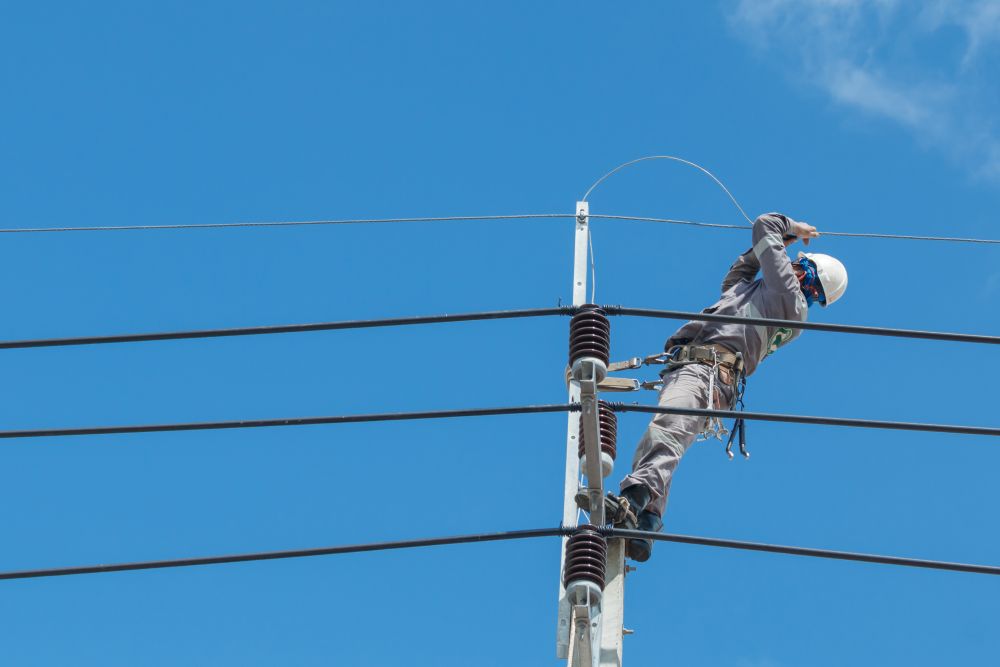
Once the structures have been erected, the stringing and clipping-in of conductors and static wires will begin. Outages on the rerouted transmission line are a possibility during the conductor and static wire installation. However, additional outages on other lines that will be crossed during the install are not anticipated. Each road crossing will have temporary guard poles installed for public protection while stringing in the new conductors.
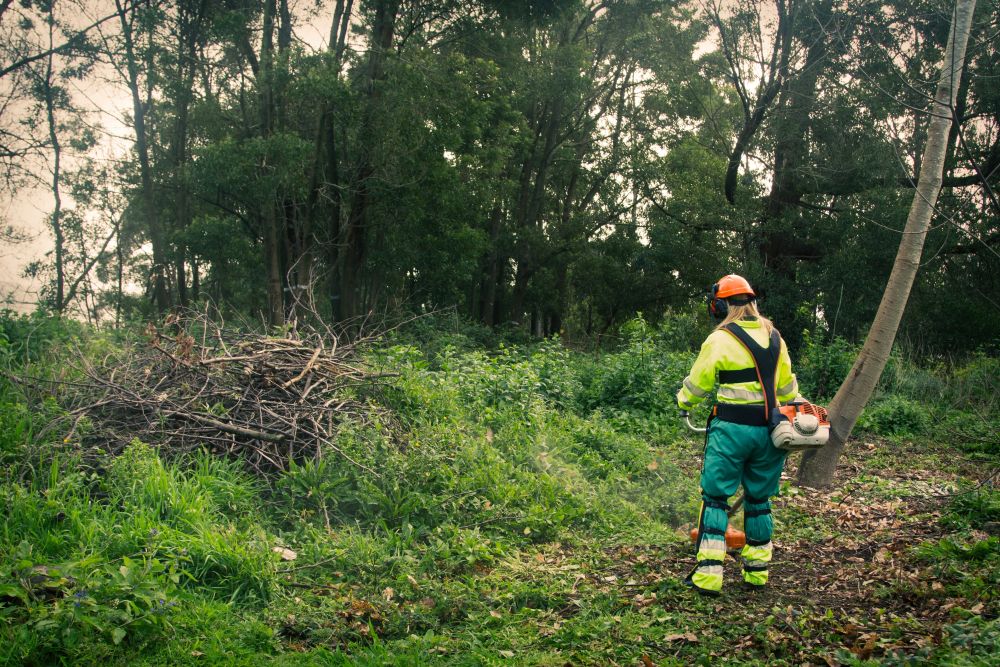
Tree and shrub clearing may be needed in areas where new ROW is acquired. If a Stormwater Pollution Prevention Plan (SWPPP) is required, it will be implemented along the approved route prior to the start of clearing. Mechanized cutters and hand tools will be used to remove impeding vegetation to ground level.
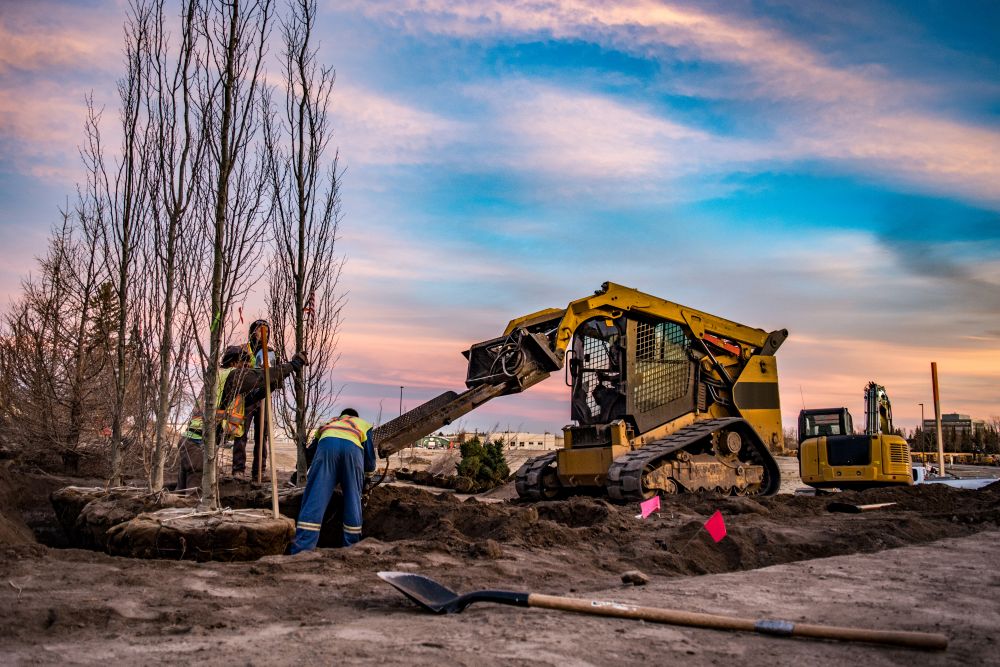
Cleanup operations will be performed as construction activities are completed. Cleanup includes removal of debris, unused materials, and trash. Any necessary soil stabilization and reestablishing of vegetative cover will also occur during cleanup, following the procedures dictated in the SWPPP, if required. Pre-construction contours will also be restored following construction.
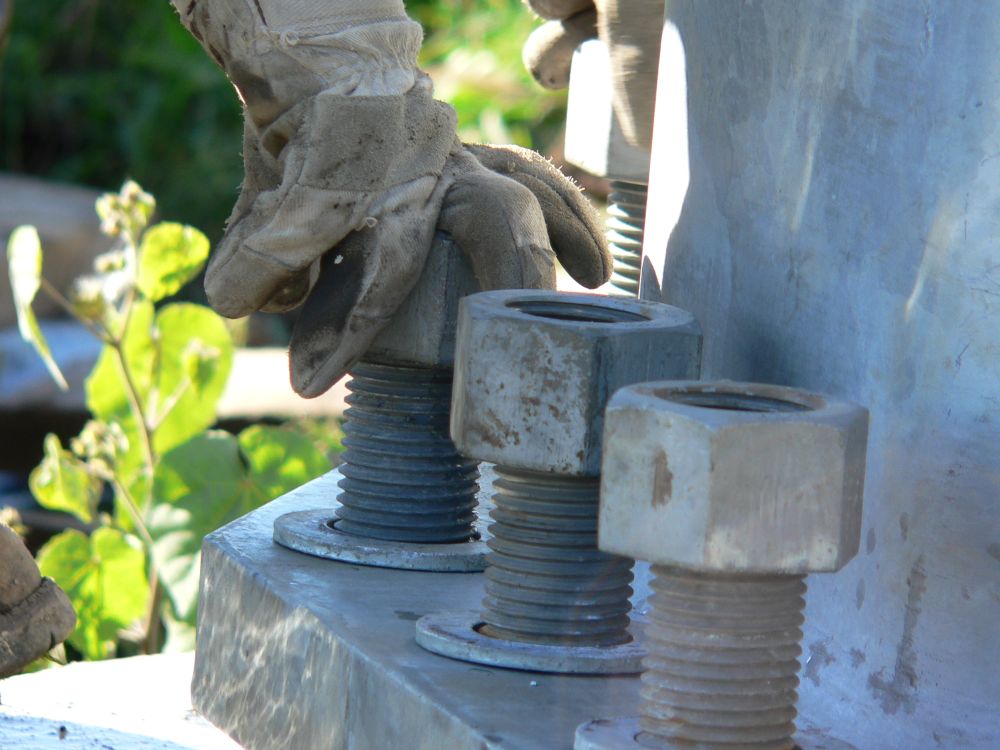
Specialized wide-track vehicles and line trucks with trailers will be used to transport construction materials along the ROW to the structure locations.
Weathered steel poles will be delivered to the site location shortly before the poles are ready to be set. A large crane would then set the pole directly into an excavated hole. The hole will be backfilled with native soil or crushed limestone.
If needed for the dead-end and angled structures, concrete foundations will be installed several weeks before the steel poles are erected to allow the foundations to cure and reach their maximum strength. The steel poles will be delivered and set next to the proposed structure location shortly before structure erection. The structures will be assembled on-site, and a crane will be used to set the sections into place onto the previously installed foundations.
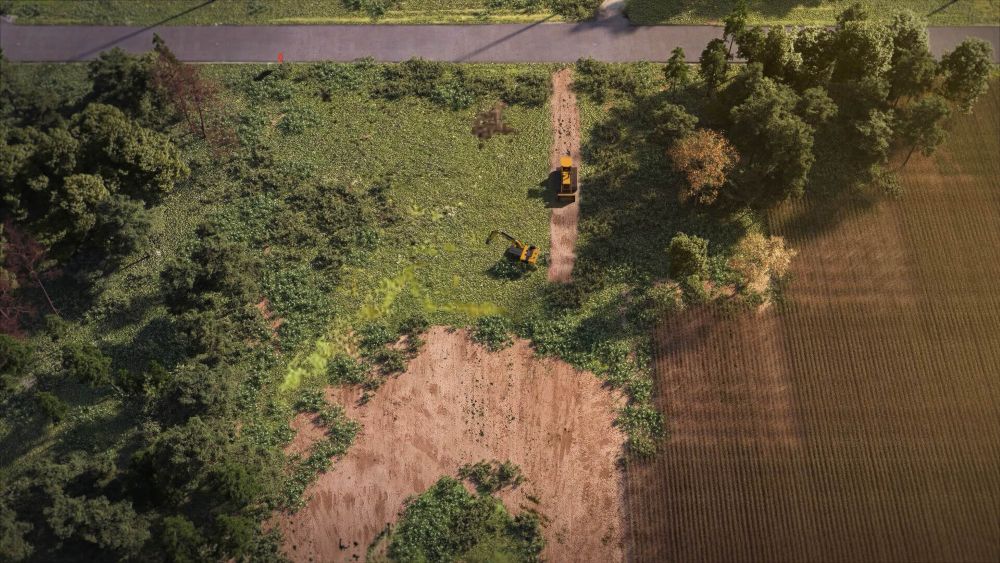
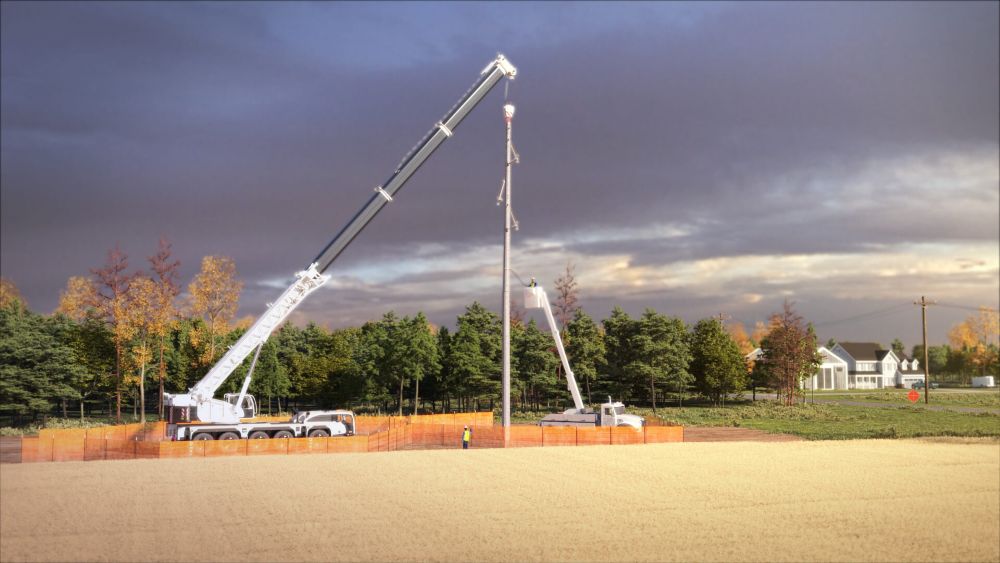
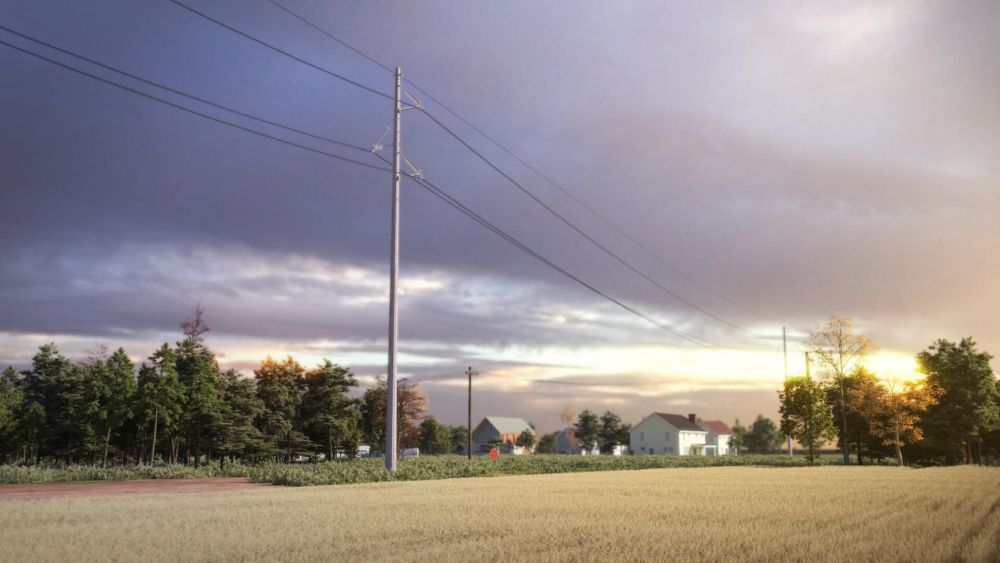
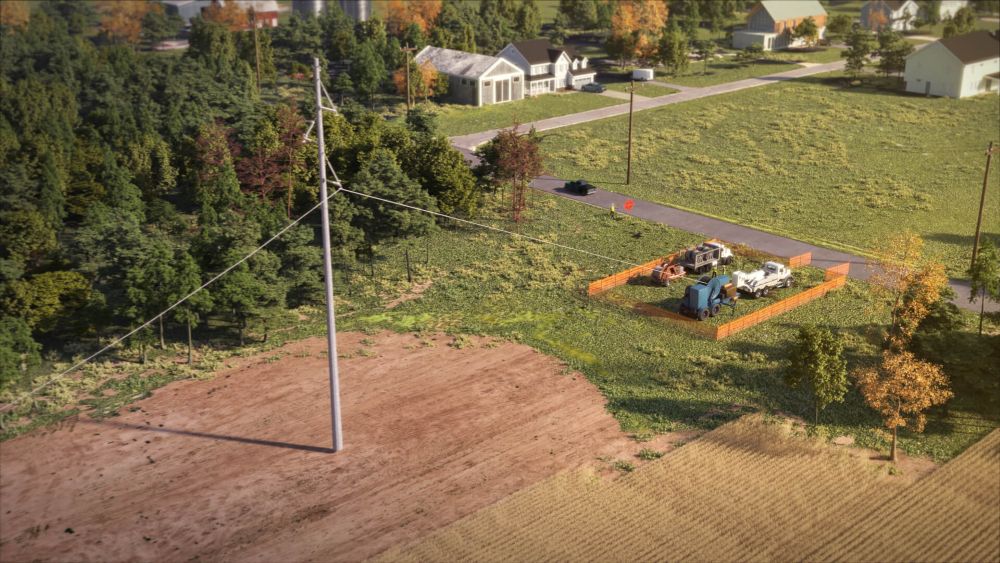

Our approach to vegetation management involves controlling the growth of trees and other vegetation in transmission rights of way, the sections of land where transmission power lines are located.
Our vegetation management program helps balance the need for reliable service with respect for the natural environment. The company uses contract forestry crews to complete vegetation management work.
To reduce power outages caused by trees and other plants contacting power lines.
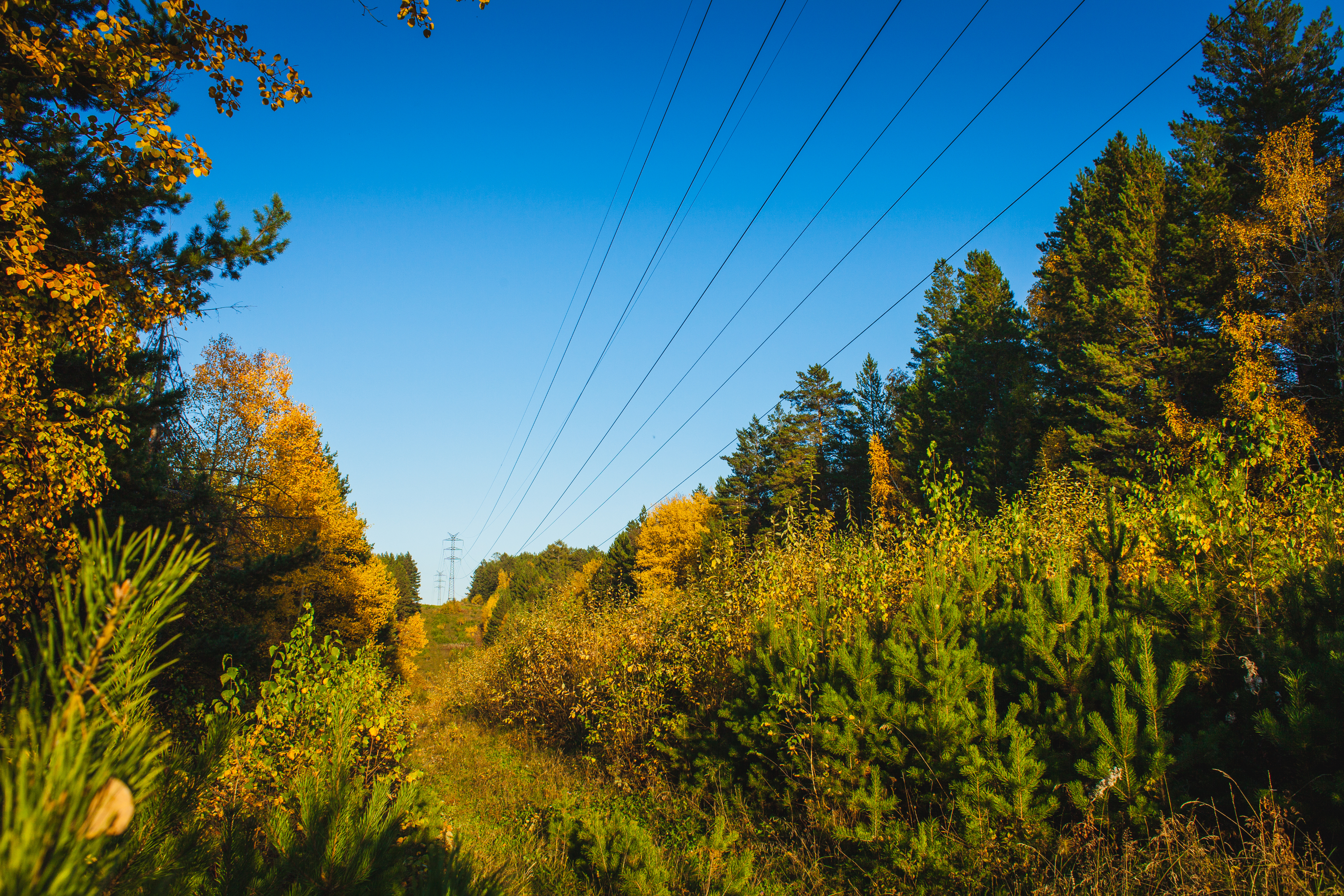
The North American Electric Reliability Corporation (NERC) sets standards that require utilities to establish minimum clearance distances between transmission lines and the nearest vegetation. Non-compliance can lead to significant community-wide power outages.
Landowners should speak with a company representative to identify plants that are safe to place in the right of way.




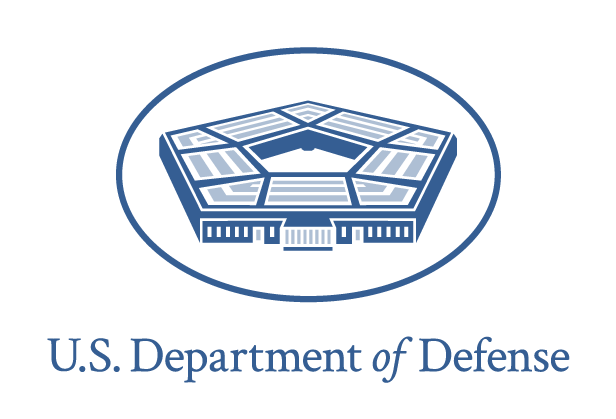
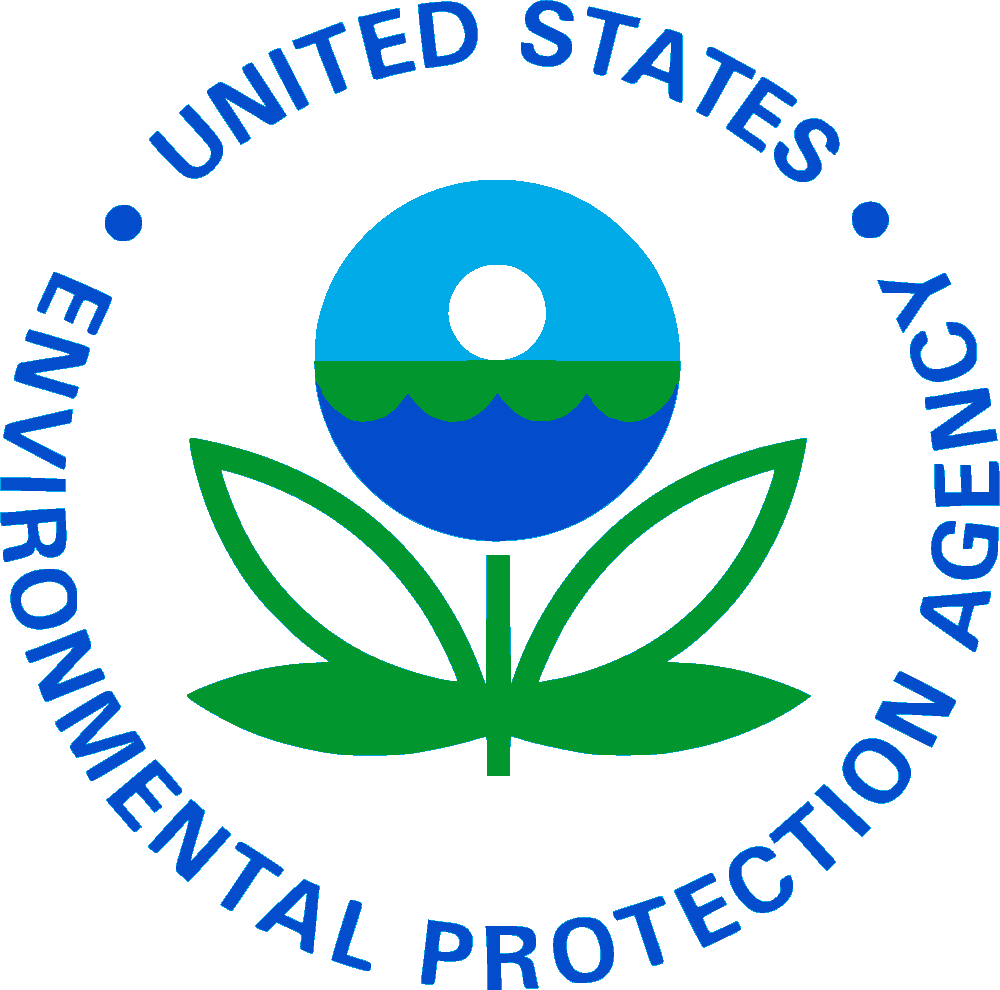
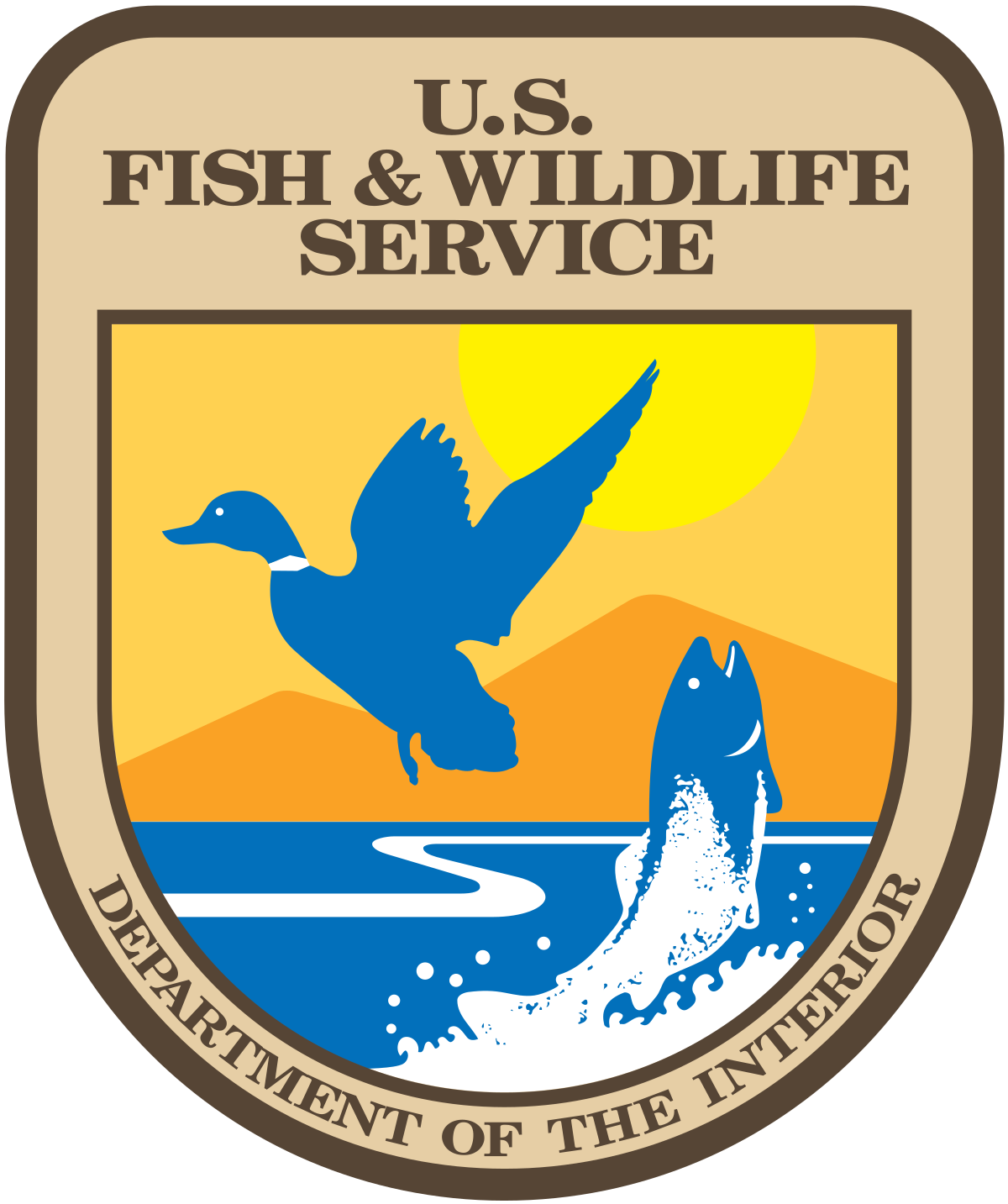
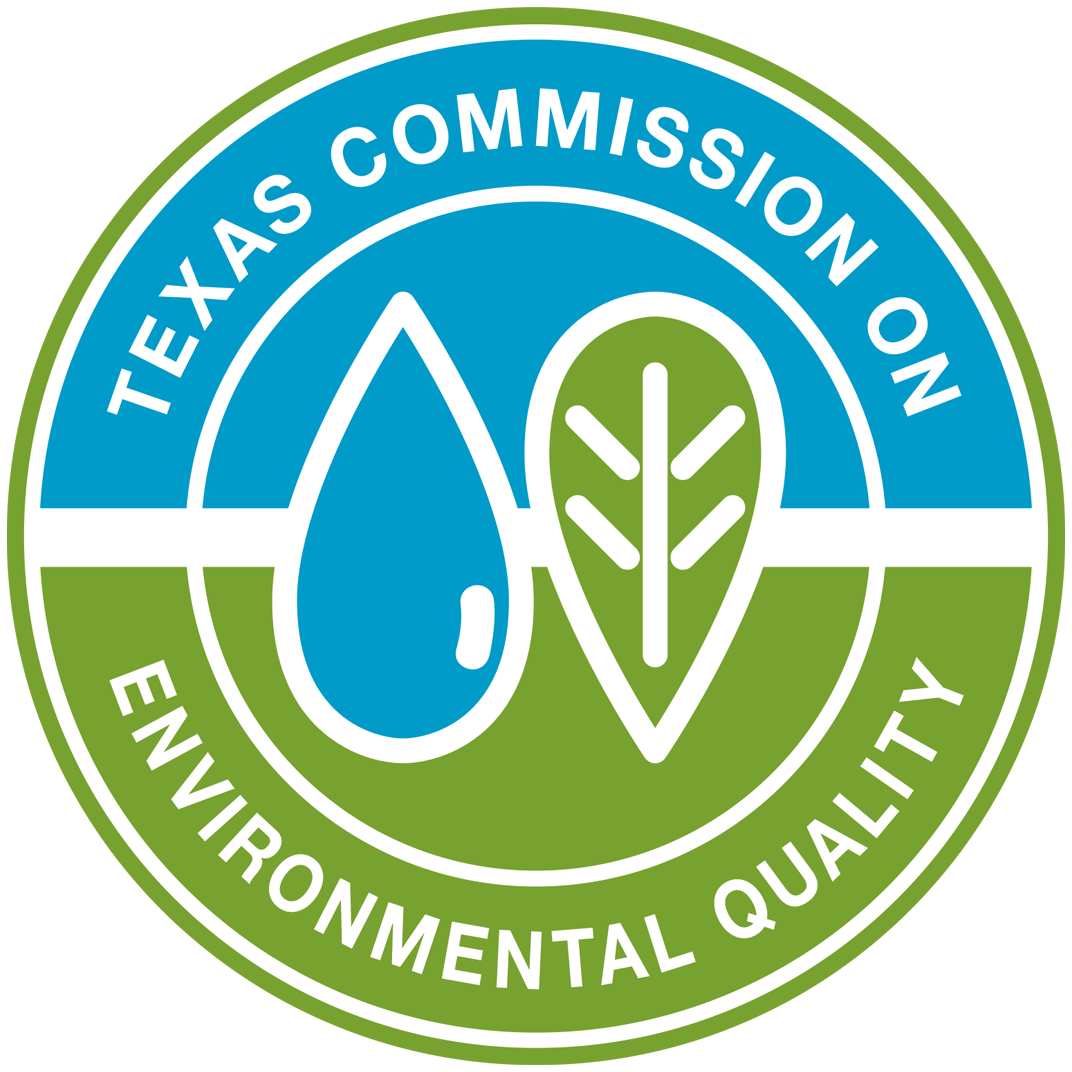
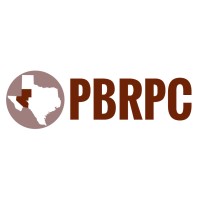
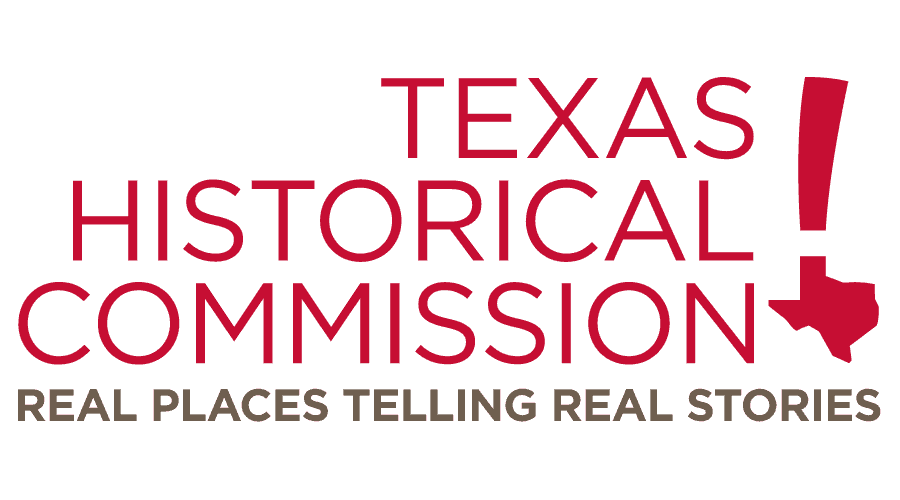
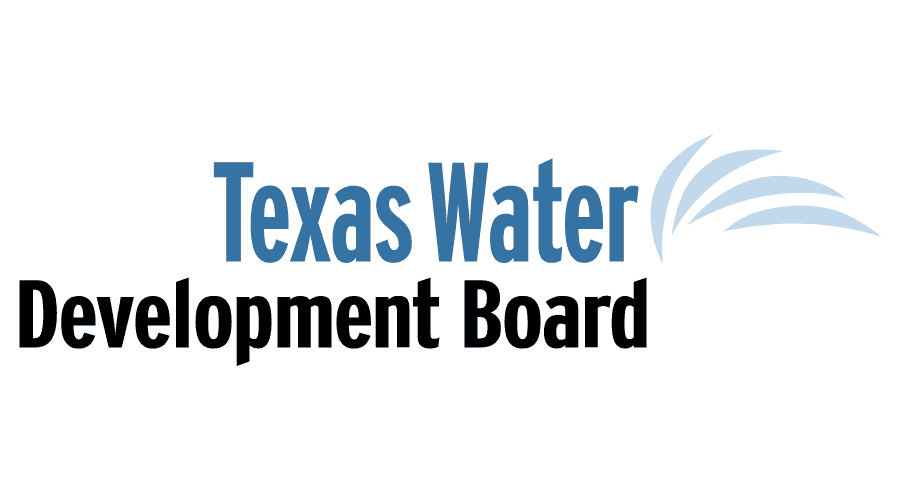
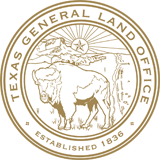






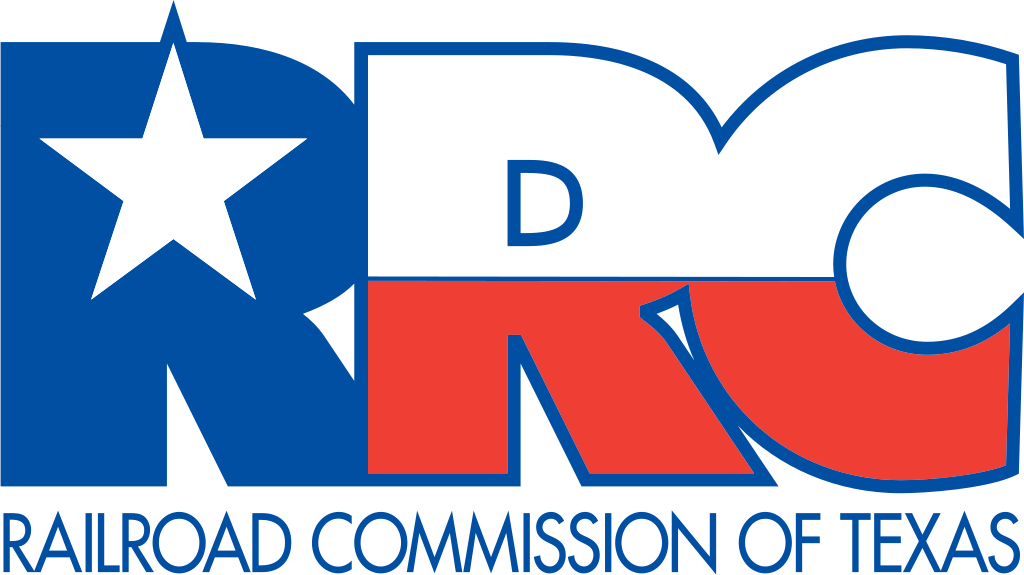
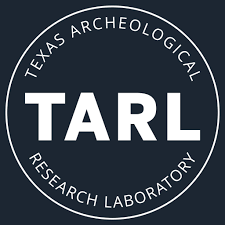
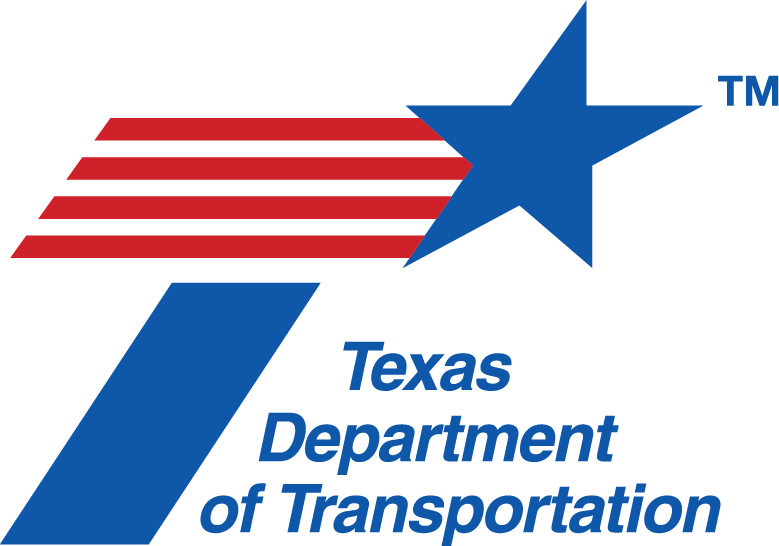
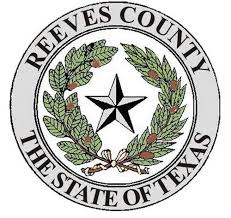
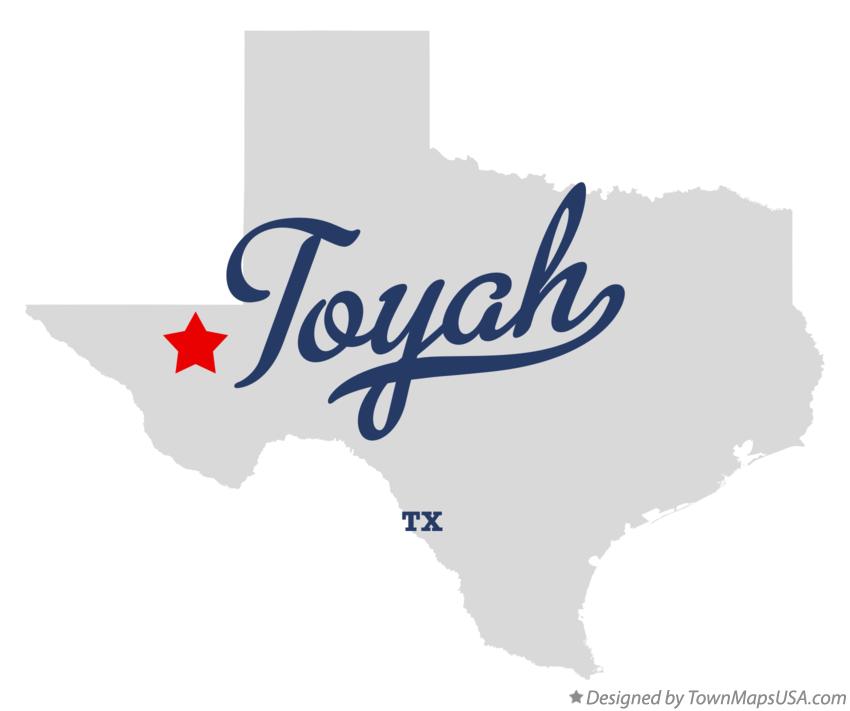




Thank you for taking the time to learn about the Faulkner-Cryo 138-kV Transmission Line Project. Please take a moment to complete the questionnaire below and submit your comments. Your insights and ideas help our project team develop the best solutions for system improvements. Please share your input by October 31, 2025.

